We all experience physical and emotional pain. Pain is part of life. Yet we try to avoid it by escaping into our thoughts. Instead of feeling the pain, we judge our experience. Comparing-mind is a dark, murky place, but we often apply it to pain: "I shouldn’t feel sad (or hurt or lonely), because many people have things worse than me." Or the opposite: "That person shouldn’t be so upset, because her problems aren't as big as mine." The first statement separates us from ourselves. The second statement separates us from others. Pain comparison creates separation when we actually need connection. The reality is this: pain is pain. If we feel pain (or see it in others), it needs to be honored; it needs to be felt.
Since mom died, I’ve felt a range of pain. And the pain is unpredictable. Some days I feel pure sadness. Other days I feel joy, ease, and wonder. Yet other days I feel pain that’s unexplained. It’s just pain. I engage thinking mind: Is this grief? Is this something else? What triggered this? But then I remember to return to my direct experience. There’s no need to quantify what “this” is, I just need to feel it. I heal myself by allowing for the pain. This occurs when I move from thinking mind to the visceral sensations in my body. I make space for whatever is happening. Pain is pain. Big or small, I try to allow for what's happening in the moment.
In the same way, joy is joy. If I feel happy, there's no need to mute my happiness, even in the face of world suffering. Likewise, when I see happiness in others, I can make room for it—I can rejoice in the happiness of others, even if I feel irritable (or even if the happiness comes from a person I don't particularly like). Joy is joy; pain is pain. The trick is this: allow for it all—allow for the pain; allow for the joy. In this way, I create connection with myself and others. My heart opens in both directions. This makes me vulnerable, but more importantly, it makes me whole.


